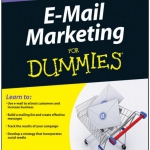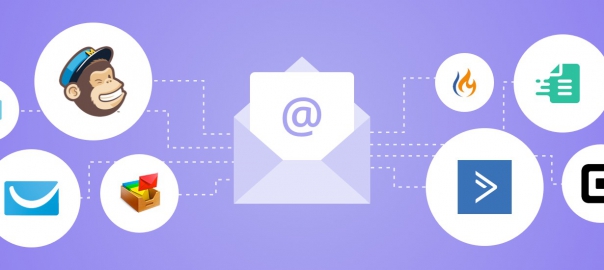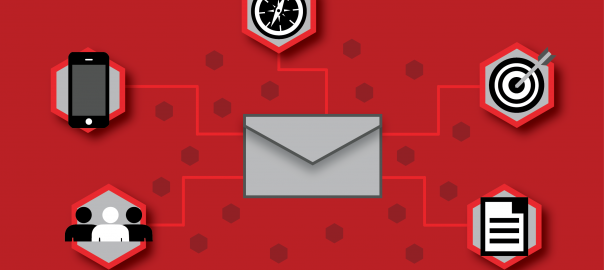Applying Basic Marketing Principles to Your EMail Messages
Convincing consumers to part with their money to obtain your products or services usually involves communicating one of two basic messages:
Your products or services are unique and unfamiliar to consumers. Your challenge is to educate consumers who are likely to need your products or services so they will buy from you.
Your products or services are easily identifiable and widely available. Your challenge is to convince consumers that your business is the best choice for the competition.
Communicating a memorable message almost always takes multiple attempts to get consumers to respond. Effective marketing communications also require you to apply a fair amount of strategy and tactical thinking so that your messages stand out from all the other messages that consumers receive.
Applying basic marketing principles to your e-mail messages helps ensure that your marketing communications are in tune with your audience and your overall objectives. Although you can apply literally hundreds of marketing principles to the e-mail strategies and tactics throughout this book, begin building your message strategy with a few general principles in mind.
Marketing message strategy is an ongoing cycle of three basic steps:
- Determine your message and the best audience for your message.
- Deliver your message by using the media that is best suited for your audience and your message.
- Evaluate your results and apply your experience, as well as more refined marketing principles, to determine your next message.
Determining what your e-mail messages should say
E-mail is a great marketing tool, but you can’t simply communicate any e-mail message multiple times and expect the messages to result in sales. Make your e-mail messages as concise as possible; people usually scan e-mails rather than take the time to read every word.
Clear and concise messages are by far the best choice for e-mail content, but your messages should include the following content at a minimum:
Your value proposition: A value proposition is a statement that tells consumers why your products or services are worth paying for. A good value proposition shows consumers that your products or services solve a problem or fulfill a want or need better than anyone else can. Here are some examples of value propositions:
- “Don’t put Rover in a cage for the holidays. Our pet-sitting services make your vacations worry-free and allow your pets to enjoy the holidays too — in the comfort of their own home.”
- “Want it tomorrow? Our free shipping is the fastest available.”
- “Our home equity loans can help you pay off high-interest debt, and our service is more personal than the big banks.”
Information to support your value proposition: Value propositions rarely entice someone to make an immediate purchase all by themselves. Most of the time, you need to support your value proposition with additional information to convince buyers to take action. You can include this supportive information along with your value proposition in one e-mail message, or you might need multiple support messages delivered over periods of time. Examples include
- Testimonials and facts
- Directions to your office, store, or Website
- Incentives to help someone just taking action
- Images and other design elements to reinforce the text
One or more calls to action: A call to action is a statement that asks someone to take a specific type of action in a specific way. Calling for action is important because people tend to delete e-mails after they read them if they aren’t told what to do next. For example, just because your phone number appears at the bottom of an e-mail doesn’t mean that people will automatically pick up the phone and dial the number. You’ll get better results if you ask your audience to phone you for a specific reason; of course, provide the phone number. However, an effective call to action doesn’t necessarily entail asking for an immediate purchase decision. Sometimes, your prospective customers have to take many steps to end up with a store receipt in hand. Examples of calls to action could include
- “Call now and ask for a free consultation.”
- “Click this link to add this item to your shopping cart.”
- “Click this link to download the informational video.”
- “Save this message to your inbox today.”
- “Print this e-card and bring it with you for a free cup of coffee.”
Here are some questions to ask yourself to help determine what your e-mail messages should say. As you answer each question, think in terms of what your customers find beneficial about your business instead of simply stating your own interests
- What are the features of your products or services?
- How will the features of what you sell benefit your consumers?
- How are you different from your competition?
- Why are your differences worth paying for?





